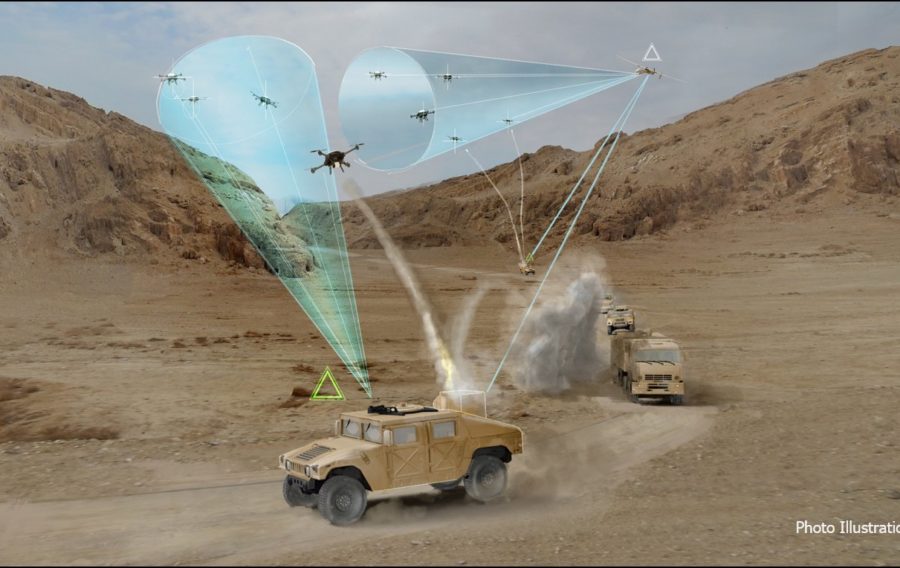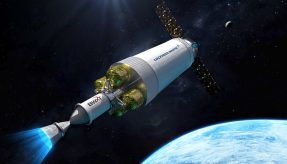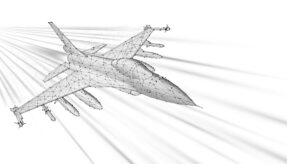
Three teams have been appointed to develop real-time protection methods for ground and maritime convoys, via the use of innovative new technology that quickly neutralizes unmanned aircraft.
DARPA’s Mobile Force Protection (MFP) programme focuses on a challenge of increasing concern to the U.S. military; the proliferation of small, unmanned aircraft systems (sUASs).
These systems – which include fixed or rotary wing aircraft and have such advantages as portability, low cost, commercial availability and easy upgradeability – pose an evolving threat to U.S. ground and maritime convoys.
Countering that threat in real-time requires a range of technological advancements around rapid detection, identification, tracking, and neutralization of enemy sUASs – all while mitigating collateral damage.
MFP, launched after DARPA issued a Request for Information (RFI) last year, aims to achieve those goals by developing scalable, modular, and affordable approaches that could be deployed within the next three to four years.
To accelerate development of counter-sUAS capabilities and fast-track their introduction to the field, the DARPA has awarded the Phase I agreements to three teams:
- Dynetics, Inc. (Huntsville, Alabama)
- Saab Defense and Security USA, LLC (East Syracuse, New York)
- and SRC, Inc. (North Syracuse, New York).
“The three teams we’ve assembled have innovative ideas for a versatile, layered defence system that could protect convoys on the move from multiple small unmanned aircraft systems in real-time,” said Jean-Charles Ledé, a Program Manager in DARPA’s Tactical Technology Office.
“Each team will now work to integrate novel ideas for advanced sensors and neutralization approaches into a common framework emphasizing safety for civilian bystanders, ease of operation, and low size, weight, power, and cost. Our goal is a technology demonstration system that could fit onto currently deployed tactical ground vehicles and maritime vessels – getting advanced and upgradeable capabilities quickly to the warfighters who need them.”
If you would like to join our community and read more articles like this then please click here.







